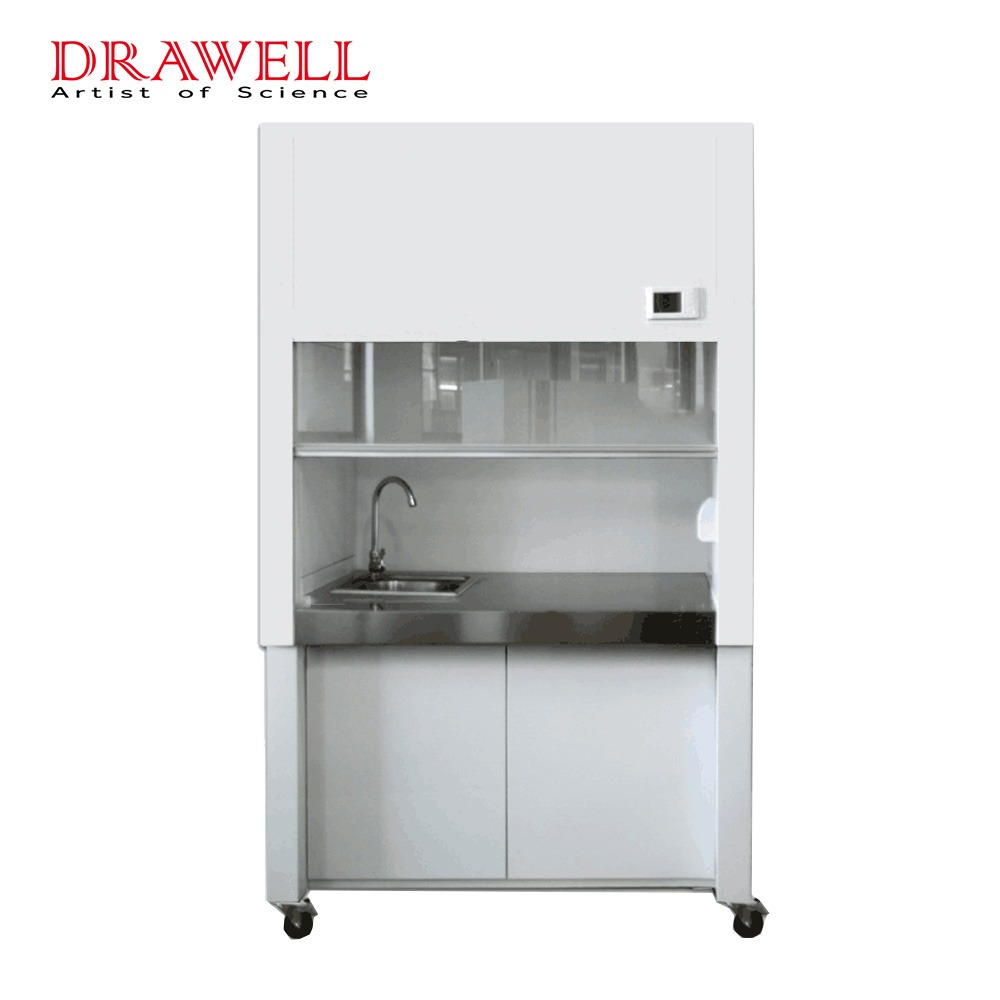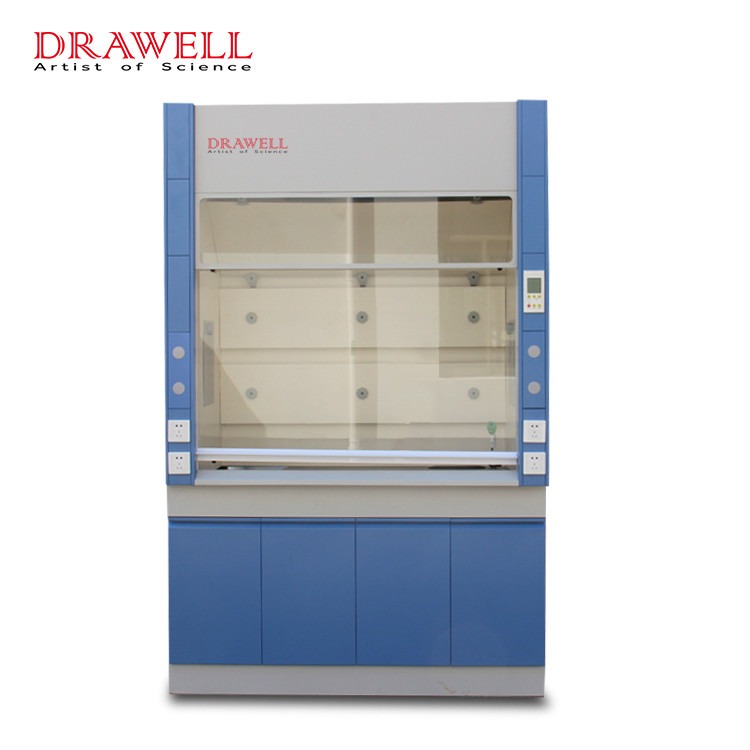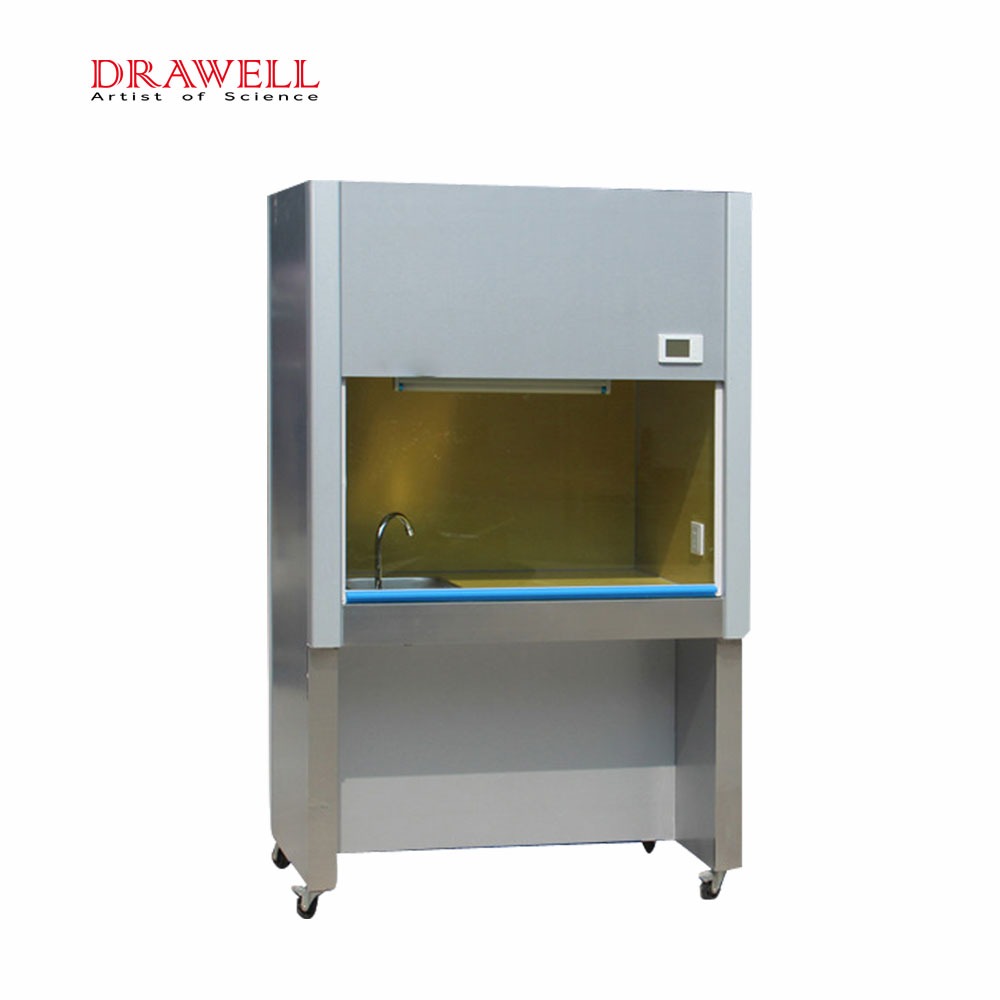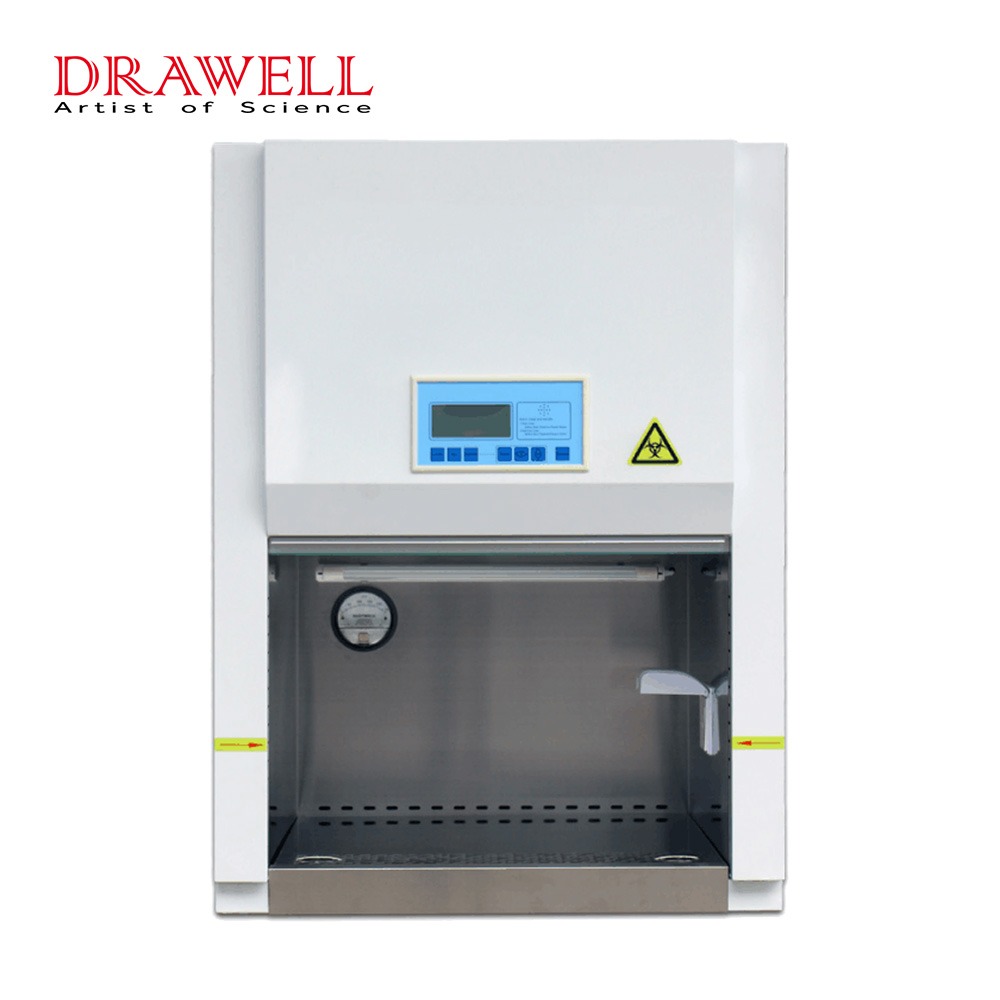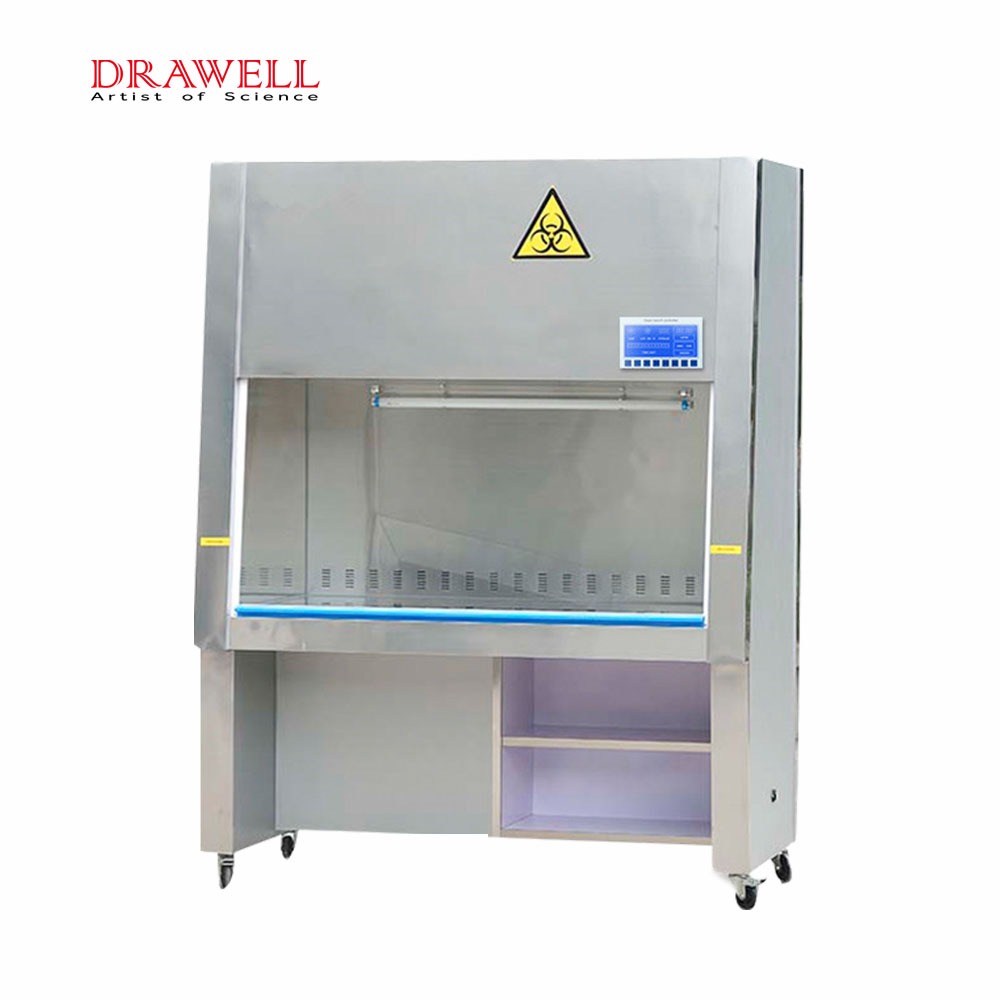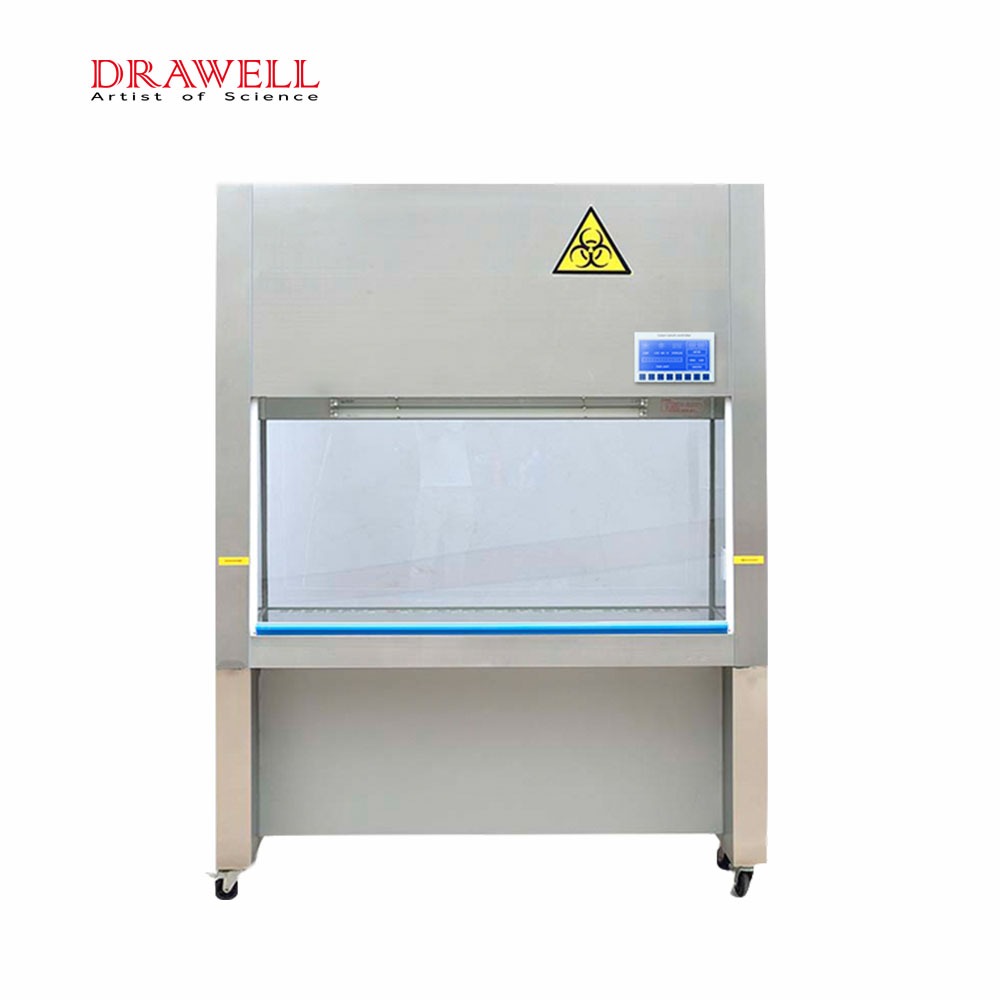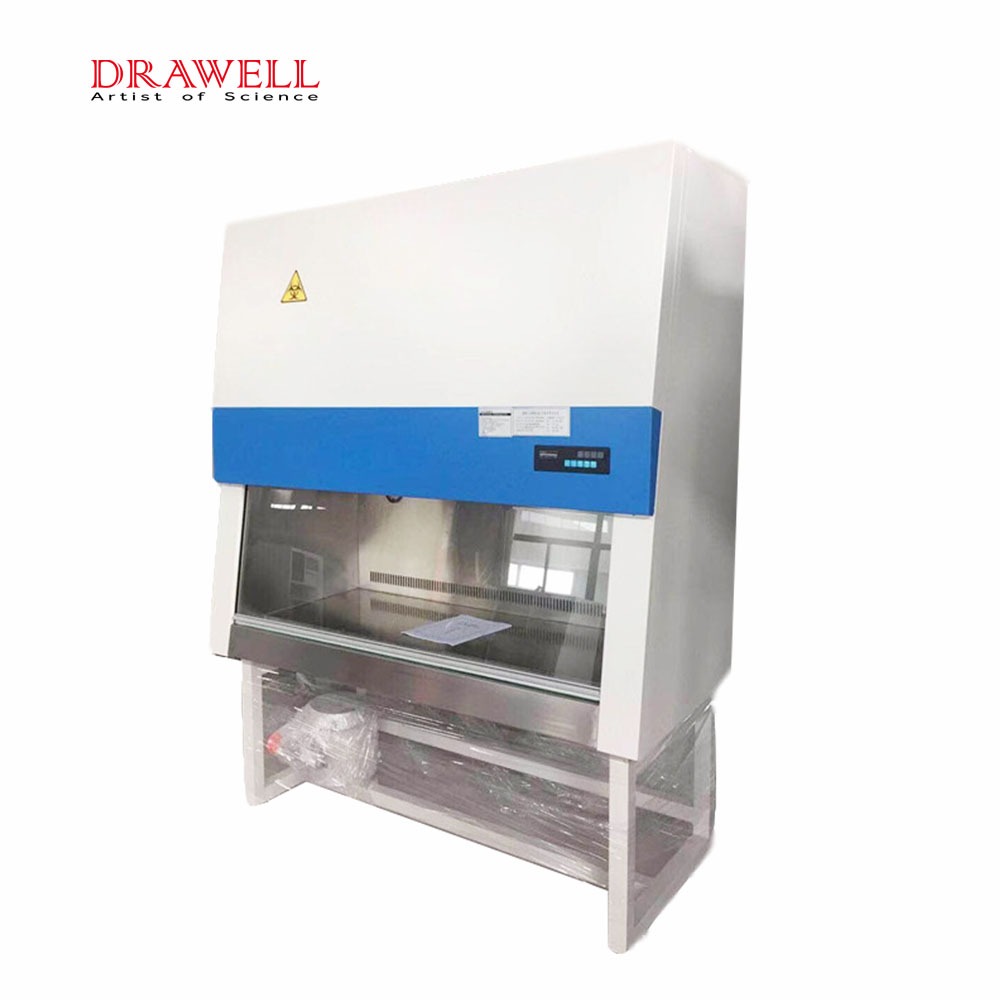A fume hood is essential for preserving laboratory safety and safeguarding researchers from potentially harmful compounds. The specialized ventilation device is intended to manage and eliminate potentially hazardous fumes, gases, vapors, and particulate matter produced by laboratory processes. In this article, we will focus on the topic of what is a fume hood used for, exploring the versatility and significance of a fume hood, and highlighting their purpose, applications, and the benefits they provide in ensuring a safe laboratory environment.
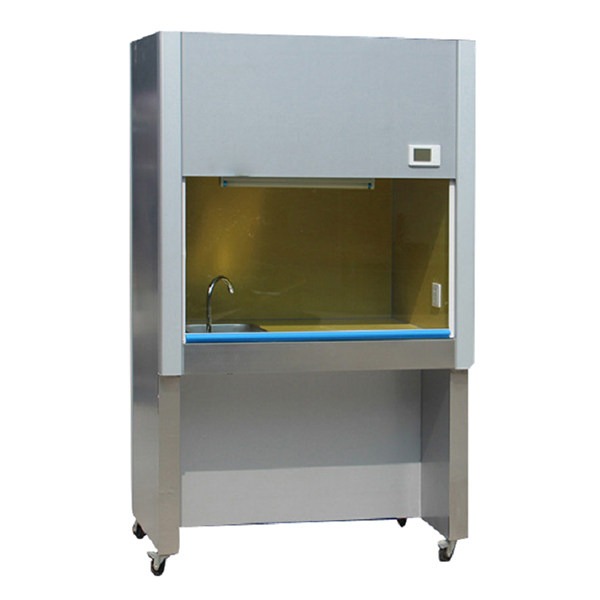
What Is the Purpose of a Fume Hood?
A fume hood’s purpose is to provide laboratory personnel with a regulated and safe environment for handling hazardous compounds. Fume hoods are used in laboratories to trap, confine, and remove toxic fumes, gases, vapors, and particle matter.
Protection of Personnel
Principal purpose of a fume hood is to protect laboratory staff from harmful substances. When breathed or in contact with the skin or eyes, fumes and vapors produced by chemicals, volatile substances, or biological agents can be hazardous or toxic. Fume hoods create a physical barrier between the worker and the hazardous materials, preventing direct exposure and minimizing the risk of inhalation or contact.
Containment of Hazardous Substances
Fume hoods are used to keep hazardous pollutants contained in the workplace. They provide a safe environment in which to undertake chemical reactions, sample preparations, or other laboratory activities involving volatile, poisonous, or caustic compounds. The hood’s construction, which includes a clear sash or sliding door, works as a physical barrier, preventing fumes, gases, or particle matter from escaping.
Ventilation and Exhaust
To ensure a controlled airflow within the workspace, fume hoods use a ventilation system. The airflow from the laboratory is directed into the hood, catching and trapping the hazardous gases and chemicals. The trapped fumes are then securely expelled to the outside environment via a duct system by the ventilation system. This continuous airflow helps to minimize the accumulation of harmful substances in the workspace and maintain a safe working environment.
Environmental Protection
Fume hoods have an important function in environmental protection in addition to protecting workers. The fume hood’s exhaust system guarantees that harmful vapors and substances are safely sent outside the building. This minimizes the influence on air quality and the risk of contamination or pollution by preventing the release of hazardous compounds into the laboratory or surrounding environment.
Compliance with Safety Regulations
Fume hoods assist laboratories in meeting regulatory requirements and standards for occupational health and safety, environmental protection, and laboratory operations. Many regulatory authorities and organizations have specific criteria and rules for fume hood design, installation, operation, and maintenance. Compliance with these rules guarantees that laboratories keep a safe working environment and follow best practices when handling dangerous compounds.
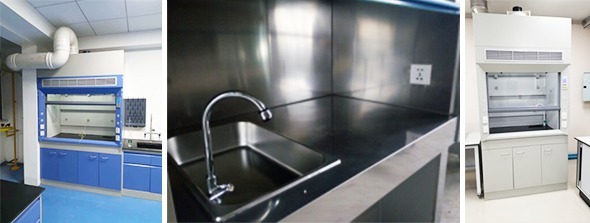
What Are the Applications and Versatility of a Fume Hood?
Chemical Handling and Analysis
In laboratories, fume hoods are often used for chemical handling and analysis. They provide a safe atmosphere in which to work with volatile, poisonous, or caustic substances. Fume hoods ensure that reagents, solvents, acids, bases, and other chemical compounds are handled safely. They make it easier to weigh, mix, dilute, and transfer chemicals, as well as conduct experiments and reactions that produce potentially dangerous gases or vapors.
Biological Safety
In biosafety applications, a fume hood with adequate filters or ventilation systems are used. Working with infectious materials, biological agents, or genetically modified organisms (GMOs) requires a controlled environment, which these hoods provide. They safeguard researchers from biological dangers and prevent diseases or pollutants from entering the laboratory environment.
Pharmaceuticals and Drug Development
A fume hood is essential in pharmaceutical research and development. They provide a secure and regulated environment for working with active pharmaceutical ingredients (APIs), powerful chemicals, and pharmaceutical formulations. Fume hoods are utilized in pharmaceutical procedures that include hazardous compounds, such as medication manufacturing, formulation development, quality control, and others.
Industrial Research and Development
Fume hoods are used in industrial research and development settings. They’re used in a variety of industries, including chemical manufacture, materials science, and product development. Fume hoods allow scientists to operate safely with dangerous materials, test samples, and conduct experiments. They help with tasks including product synthesis, quality assurance, chemical analysis, and process optimization.
Research Laboratories
Fume hoods are essential in all scientific disciplines’ research laboratories. They offer a flexible and adaptable workstation for a variety of research pursuits. Fume hoods are used in a variety of disciplines, including chemistry, biochemistry, molecular biology, environmental research, forensic science, and others. They provide a secure setting in which to conduct experiments, handle samples, and operate with hazardous substances.
Education and Training
In educational institutions, fume hoods are utilized for teaching and training. During laboratory experiments and demonstrations, they ensure the safety of students and teachers. Students can receive hands-on experience with chemicals and hazardous materials while adhering to safety rules when using fume hoods.
Specialty Applications
Fume hoods are essential in all scientific disciplines’ research laboratories. They offer a flexible and adaptable workstation for a variety of research pursuits. Fume hoods are used in a variety of disciplines, including chemistry, biochemistry, molecular biology, environmental research, forensic science, and others. They provide a secure setting in which to conduct experiments, handle samples, and operate with hazardous substances.
Summary
In laboratory experiments and demonstrations, a fume hood ensures the safety of students and teachers. Students can receive hands-on experience with chemicals and hazardous materials while adhering to safety rules when using fume hoods.

